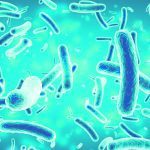These examples of disease-causing strategies underline that pathogens use different means to survive, spread and cause disease. It is through an understanding of these underlying mechanisms that we attempt to diagnose, treat and control disease in animals.
Tag Archives Animal Health column

There is much to know when vaccinating cattle for IBR
Producers must know when to vaccinate for IBR, whether to use killed or live vaccines, and whether to use parenteral (injectable) or intranasal vaccines.
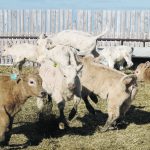
Study finds no bovine leukemia virus link to beef fertility
A recent study published in the American Journal of Veterinary Research examined the relationship between BLV infection in beef cows and reproductive fertility.
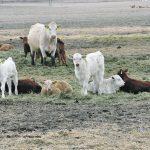
Salmonella: deadly, reportable and can spread to humans
Salmonella cases are infrequent, but can be devastating and hit without warning. Depending on the type of salmonellosis, it can mimic other diseases and can be hard to diagnose.
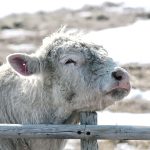
Certain pathogens aim to cause severe illness in animals
A primary pathogen’s objective is to make its hosts sick, or dead in the case of anthrax, so it can spread further. It is a different strategy than that used by opportunistic pathogens, which generally live in peace with their hosts and only cause disease if something changes.
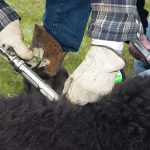
Modified live viral vaccines have their pros and cons
Modified live vaccines give slightly higher antibody levels and in general provide the optimal fetal protection and perhaps more robust immunity than the killed vaccines, which is my main reason for preferring them.

Fertility suffers when bull’s penis does not protrude fully
Bulls with non-protruding penises must be checked immediately. It is commonly noted at semen evaluation time when a bull is unresponsive to the probe. Occasionally, producers observe a bull trying to mount a cow and breed, yet the bull is unable to do so. When examining a bull with a protrusion problem, look for everything […] Read more
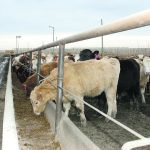
Opportunistic microbes can use underlying conditions
Infectious diseases occur when something tips the balance of the complex interactions between the host, pathogen and their environment. In terms of microscopic pathogens, the main ones include viruses, bacteria and fungi. These pathogens are often categorized into two groups based on fundamental characteristics: primary pathogens and opportunistic pathogens. Understanding these groups is a key […] Read more
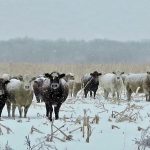
Johne’s less prevalent in Western Canada than in the East
Johne’s is a bacterial infection that results in chronic diarrhea that leads to weight loss, wasting and eventual death. The disease is primarily seen in mature cows. The bacterium that causes the disease is referred to as MAP (Mycobacterium avium paratuberculosis) and the disease is sometimes also known as paratuberculosis. The MAP bacterium that causes […] Read more
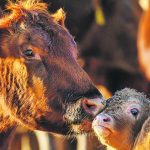
Low body condition scores can put cows’ health at risk
Feed has been short in a lot of places over the last two years. Producers who have doubts about their feed’s nutrition or availability should work with nutritionists to explore feed alternatives and feed sources and supplements. Sometimes we get lucky with a mild winter like this one, which allows us to save on feed […] Read more

